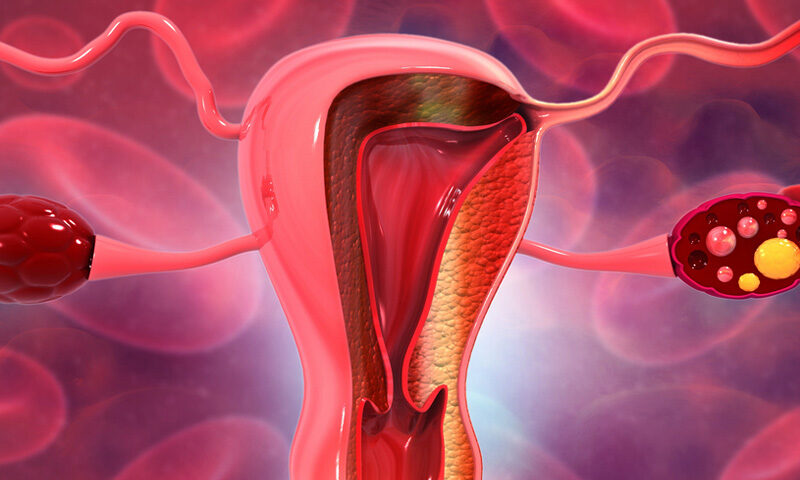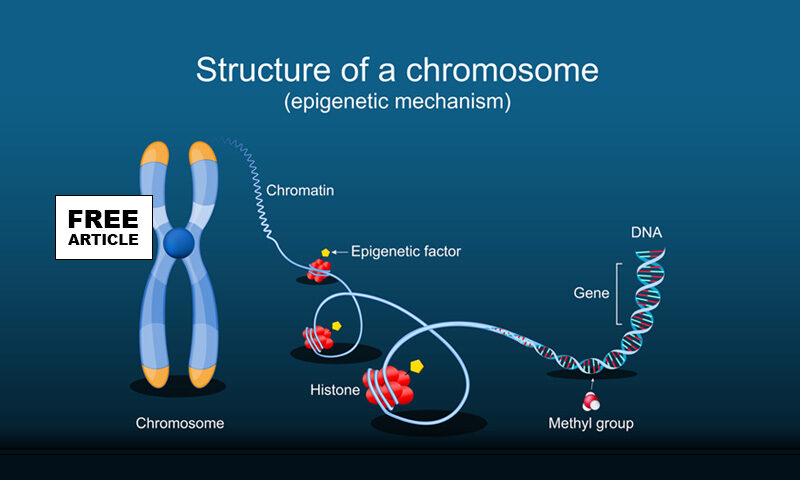The PCOS Diabetes Connection
Polycystic Ovary Syndrome (PCOS) is intricately linked to hyperinsulinemia and an increased risk of developing type 2 diabetes, primarily due to the role of insulin resistance in the condition's pathophysiology. Hyperinsulinemia, a condition characterized by elevated levels of insulin in the blood, plays a pivotal role in the development of insulin resistance through a complex interplay of cellular and molecular mechanisms.





